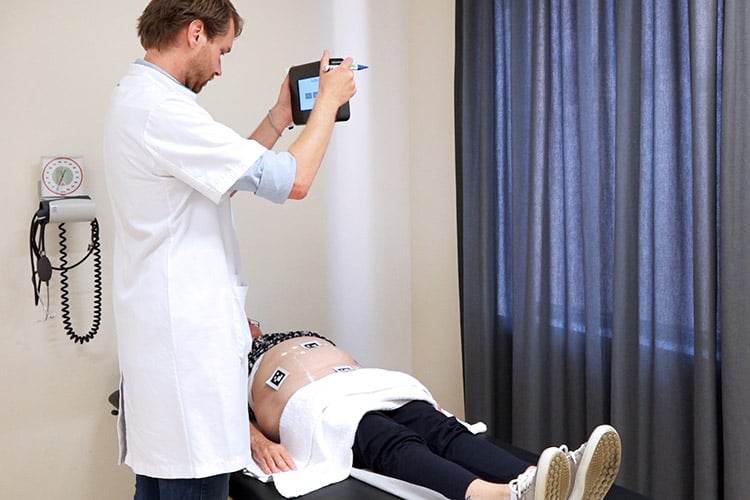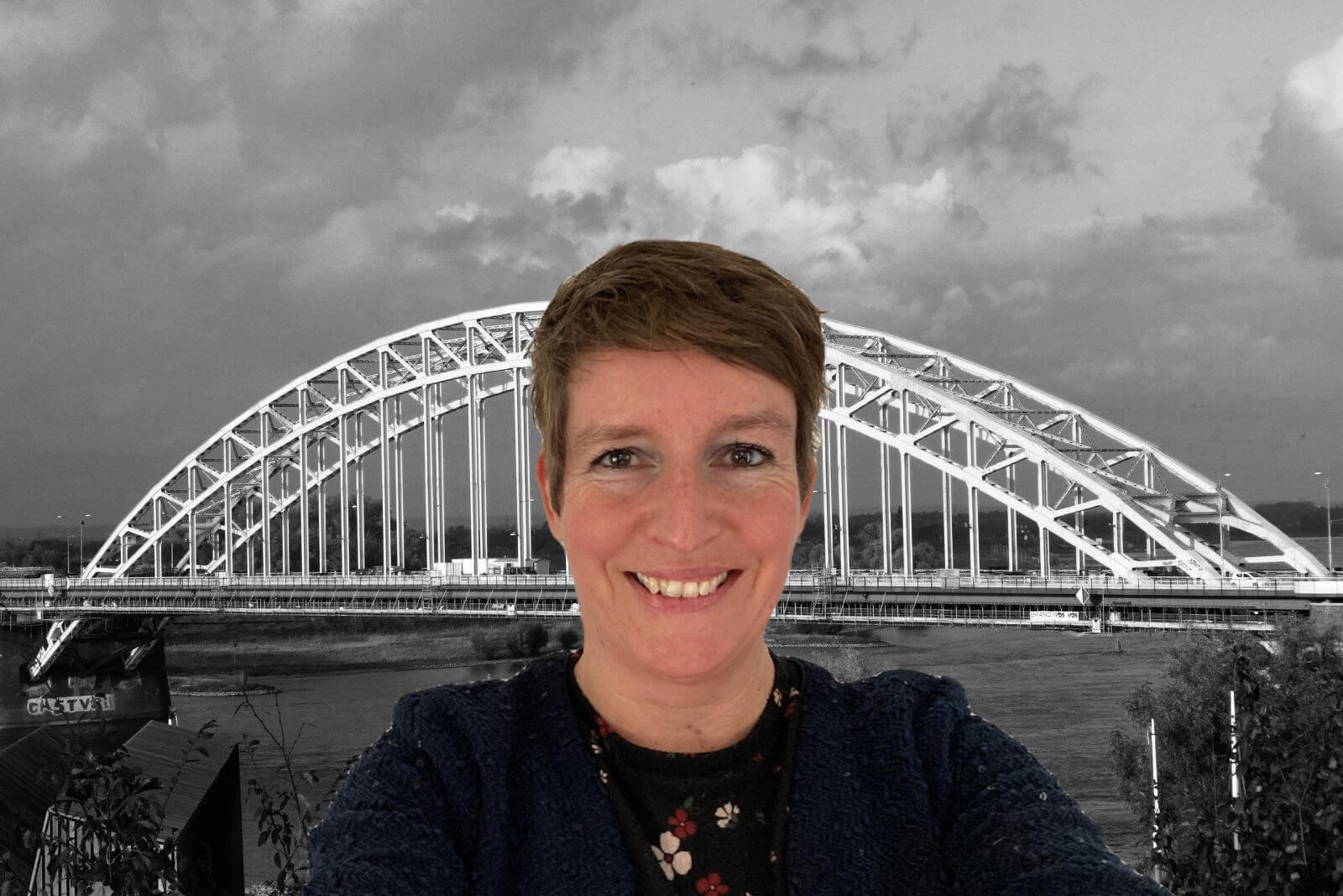
If you project relevant information such as blood vessels onto the skin of a patient during surgery, you can operate much more accurately. The Radboudumc in Nijmegen has developed the Anatomy Projector which is based on augmented reality.
The translation of medical information from a screen to a patient is difficult when a plastic surgeon has to work on a microscopic scale. There has to be another way, Dr. Stefan Hummelink thought. As a student of Technical Medicine, he did his graduation research at the Radboudumc in the department of Plastic Surgery. That was back in 2012, when augmented reality was still in its infancy. Hummelink built the prototype of the Anatomy Projector in his shed.
Breast reconstruction
“The principle of projected augmented reality was innovative at the time and we were able to patent it,” Hummelink explains. Since then, the machine has been further developed into a device as large as a thick tablet. It is used weekly during breast surgery at the Radboudumc. “In breast reconstruction, a section is removed. Skin and fat, fed by a blood vessel, is reattached to the breast under the microscope. It is important to save the supply blood vessels, otherwise the operation will fail.”
3D plan on the skin
“With the projector, we can show exactly on the skin where these blood vessels are located, but also, for example, lymph nodes of a patient,” Hummelink explains. This is different for each patient. This information is retrieved from a CT scan, on the basis of which a 3D plan is then made. The patient has markers applied to their skin. “This provides additional information to the plastic surgeon and the team around them.”
No AR glasses needed
Even if the projector moves, the images remain correctly displayed on the patient. This enables the plastic surgeon to work in a more effective and efficient way. Another advantage is that the surgeon does not need AR glasses and everyone in the operating theater can keep an eye on the projection with them. In 2017, Hummelink received funding from the Demonstrator program of the Netherlands Organisation for Scientific Research (NWO) to develop the projector further.

Venture challenge
The Anatomy Projector was recently selected for the Venture Challenge of the NWO. This challenge is aimed at helping entrepreneurs who are just starting out to bring their product or service to the market. A business case is set up within a few weeks. Then the product is presented to potential investors. Hummelink hopes that a company will step in to help develop the product further and ultimately bring it to market. Personally, he would like to continue to come up with solutions for healthcare from within an academic hospital. “After all, this is where you see exactly what doctors are up against and where you can improve healthcare further.”
More potential
The Anatomy Projector is currently only being used for breast reconstruction. But according to Hummelink, the technology has plenty more potential. “In addition to blood vessels, muscles, tendons or nerves, you can also project other information onto the body.” However, this also calls for more research and it costs a lot of money. “I also hope that the Venture Challenge we are about to launch will prove successful, and that investors or companies who are interested will come forward. After all, projections in the operating theater are the future!”


